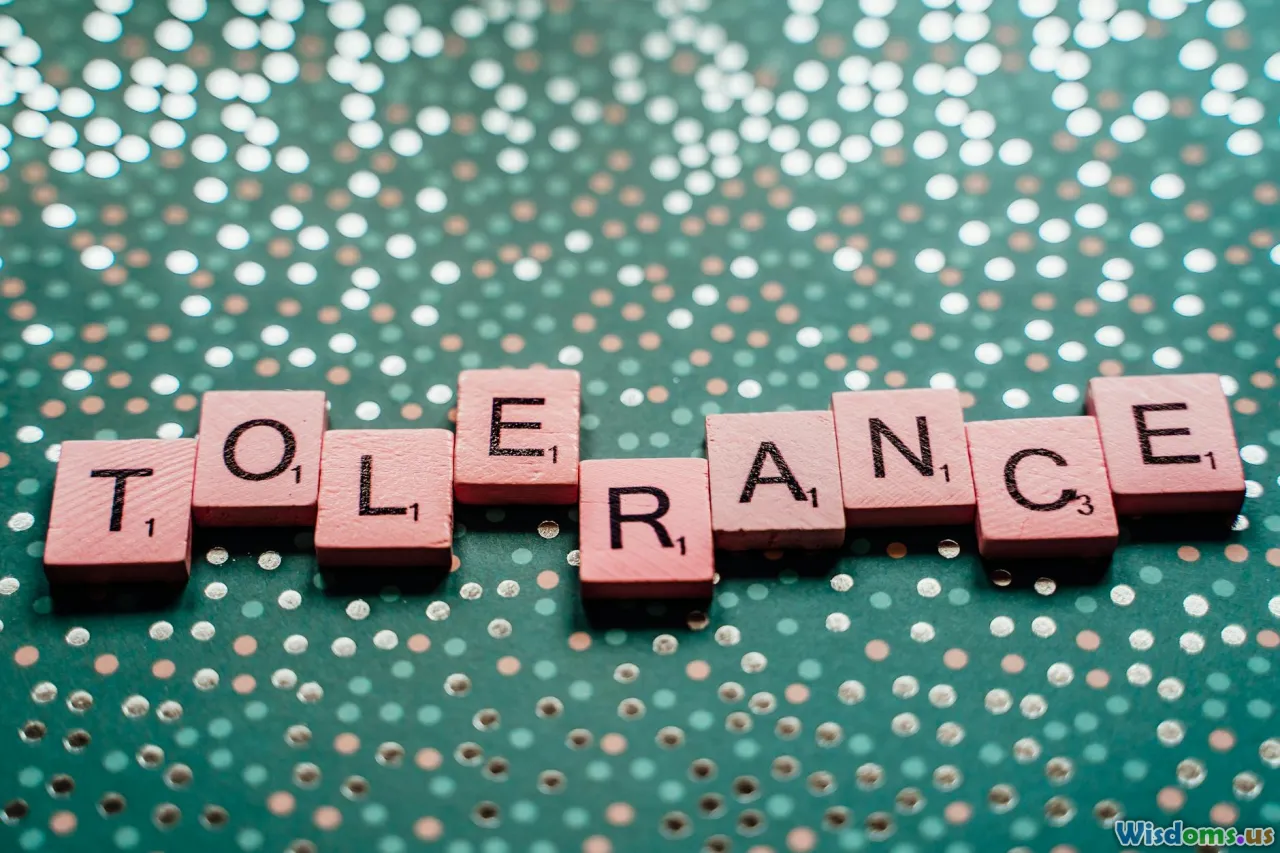
The Importance of Cultural Competence in Education
8 min read Explore the critical role of cultural competence in education for fostering inclusivity and student success. (0 Reviews)
The Importance of Cultural Competence in Education
In our increasingly globalized and interconnected society, the need for cultural competence in education cannot be overstated. As classrooms become microcosms of diverse societies, educators must understand and nurture a multi-dimensional approach to teaching that acknowledges and incorporates various cultural backgrounds. Cultural competence involves more than just awareness of diversity; it encompasses the knowledge, skills, and attitudes that allow educators and students to interact effectively in a multicultural environment. This article delves deeper into the importance of cultural competence in education, its impact on students and educators, and practical strategies for promoting this essential skill.
What is Cultural Competence?
Cultural competence is defined as the ability to understand, communicate with, and effectively interact with people across cultures. For educators, it means having the skills and knowledge to engage with students from diverse cultural backgrounds in a manner that acknowledges their unique experiences and perspectives.
- Cultural Awareness: Recognizing conspicuous cultural differences—such as language, traditions, and values—that exist among people.
- Sensitivity: Understanding how cultural attributes affect students' learning experiences and emotional responses in educational settings.
- Action: Implementing strategies that reflect an appreciation for diversity and foster inclusiveness in educational practices.
The Rationale for Cultural Competence in Education
The demand for cultural competence in education is fueled by several factors:
1. Diversity in the Classroom
According to recent statistics from the National Center for Education Statistics, nearly 50% of public school students in the United States belong to minority groups. This trend towards diversity means educators must be knowledgeable about different cultural perspectives to close the educational gap and meet the needs of a multicultural student body. For example, a study showed that culturally relevant teaching practices, such as drawing on students' backgrounds and experiences, improved student engagement and motivation.
2. Addressing Bias and Stereotypes
An essential aspect of cultural competence is the ability to recognize and challenge personal biases and stereotypes. Educators who engage in self-reflection can better approach their teaching practices with an open mind. This not only fosters a supportive learning environment but also serves as a model for students. The Teaching Tolerance project, for instance, emphasizes the importance of educators examining their biases and how this impacts their interactions with students.
3. Enhancing Academic Achievement
Studies demonstrate that culturally competent teaching practices lead to improved academic performance among diverse students. A meta-analysis conducted by the Association for Supervision and Curriculum Development (ASCD) revealed that students learned effectively in environments where their cultural identities were validated, leading to higher retention rates and academic success.
4. Preparing Students for a Global Society
Future success isn’t merely about academic know-how; it also involves critical interpersonal skills. Culturally competent students are better equipped to work in teams and lead diverse groups in their professional lives. Vast improvements in teamwork and collaboration have been documented among students who have been taught with culturally responsive curricula.
Strategies for Implementing Cultural Competence in Education
Educators can work towards fostering cultural competence through various strategies:
1. Professional Development and Training
Regular training programs aimed at developing cultural competence skills are essential for teachers. Engaging educators in workshops focusing on cultural awareness can help eliminate bias and foster effective communication. For instance, programs that offer case studies promoting discussions around cultural sensitivity deepen teachers' understanding of the experiences of their students.
2. Culturally Relevant Curricula
To successfully introduce cultural competence, educational content should reflect the diverse backgrounds of students. Educators can include literature, history, and perspectives from various cultures in their lessons. The incorporation of multi-ethnic literature into reading programs can help students see their own cultures reflected and validated, enhancing engagement and connection.
3. Family and Community Engagement
Creating partnerships with families and communities can lead to more robust educational support for students. Schools can facilitate community-based programs or cultural events that encourage family involvement and acknowledge various cultural heritages. During events like International Day, schools can host booths highlighting different countries’ traditions, thus engaging the broader community in the learning process.
4. Adaptable Teaching Practices
Differentiated instruction techniques that consider students’ various cultural backgrounds can aid in building inclusive classrooms. Educators should employ various teaching methods that cater to diverse learning styles—auditory, visual, and kinesthetic. As an example, when teaching writing, teachers could include more collaborative activities rooted in narratives from students' cultural backgrounds, fostering an atmosphere where students feel valued and empowered.
5. Encouraging Open Dialogue
Creating a safe space for discussion about race, culture, and identity is crucial. Schools can facilitate conversations through open forums or classroom discussions where students can share their experiences. Research by the American Educational Research Association emphasizes how dialogue leads to a better understanding of the complexities of cultural identities among peers.
Conclusion
Cultural competence in education is not a mere trend but a necessity for fostering inclusivity, understanding, and academic success in increasingly diverse classroom settings. By acknowledging the pivotal role cultural competence plays, educators can support students from various backgrounds, break down barriers, and cultivate global citizens ready for a challenging world.
As education systems evolve, the ability to adapt teaching practices to meet the needs of diverse learner profiles remains essential. It is incumbent upon educators, policymakers, and learners themselves to strive for a culturally competent educational framework that respects and embraces the uniqueness every student brings into the learning environment. Together, we can create schools that serve as beacons of diversity, understanding, and success for all students.
Rate the Post
User Reviews
Popular Posts





















